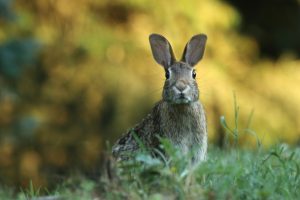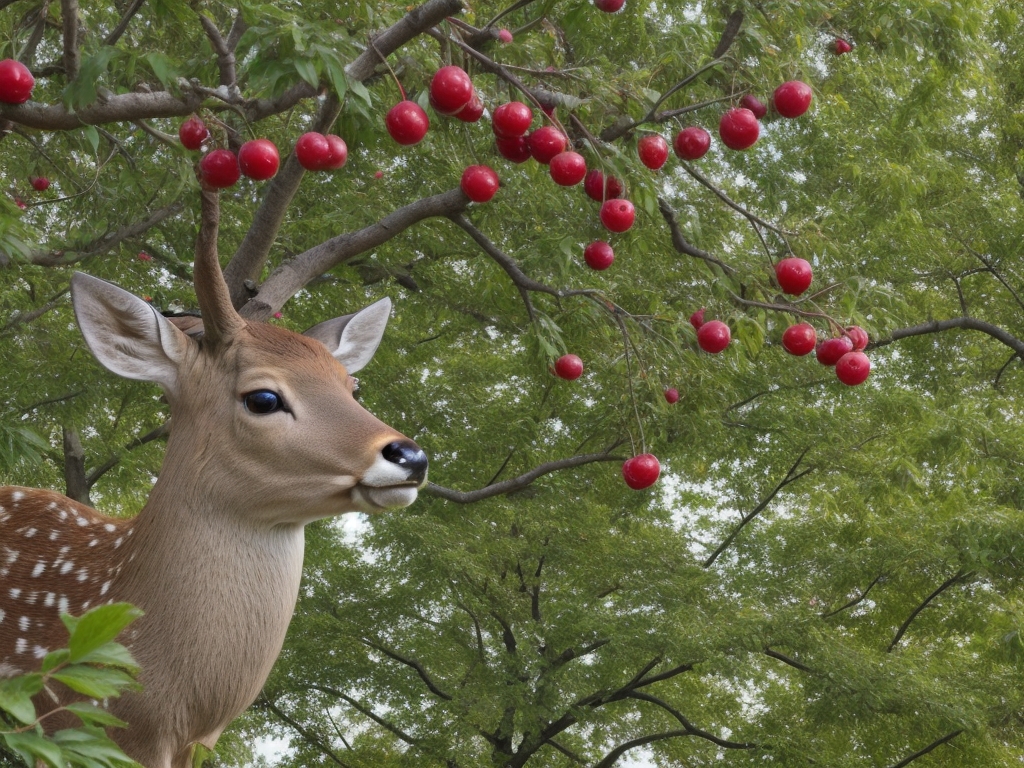Ultimate Suet Balls Guide: How to Attract & Feed Backyard Birds Year-Round
Feeding your feathered friends doesn’t have to be a puzzle. Suet balls, packed with energy-rich nutrients, are a bird lover’s secret weapon, especially during the colder months. They’re not just a treat; they’re a necessity for many birds that struggle to find food in winter.
In this guide, you’ll discover everything you need to know about suet balls – from their benefits to the birds in your backyard to how to make and hang them effectively. Whether you’re a seasoned bird watcher or just starting, understanding the ins and outs of suet balls will enhance your bird feeding experience and help you attract a wider variety of birds to your garden.
Benefits of Suet Balls
When you look into feeding birds, suet balls emerge as an excellent choice. They’re not just a food item; they’re a lifeline for many bird species, especially during the harsh winter months. Here’s why incorporating suet balls into your bird feeding routine is a wise decision.
High Energy Content
Suet balls are packed with high-calorie fats, which are essential for birds, especially in cold weather when their energy requirements increase. These fats help birds maintain their body temperature and sustain their high metabolism. A single suet ball can be a crucial energy boost for birds facing food shortages.
Attracts a Variety of Birds
Adding suet balls to your garden attracts a wider array of bird species. From woodpeckers and nuthatches to jays and starlings, you’ll notice a significant increase in the diversity of your avian visitors. This is because suet is a universally appealing food source across various bird species, offering you the chance to observe a rich world of wildlife right in your backyard.
Nutritional Balance
Suet balls are not just about fats; they often contain seeds, nuts, and grains, offering birds a balanced mix of nutrients. This combination supports their overall health, promoting stronger bones, feathers, and even enhancing their reproductive success. By providing suet balls, you’re essentially giving birds a well-rounded meal, crucial for their survival and well-being.
Easy to Use and Versatile
The convenience of suet balls is undeniable. They can be hung from trees, bird tables, or suet ball feeders, making them accessible to birds but not to squirrels. This versatility also means you can easily move them around to prevent ground buildup of droppings or uneaten food, helping to keep your garden clean and tidy.
Incorporating suet balls into your bird feeding practices not only benefits the birds but also enhances your bird-watching experience. Observing a bustling, energetic, and diverse bird community in your garden is a joy unparalleled.
Types of Birds that Love Suet Balls
Feeding birds is not just a pastime but a way to ensure these beautiful creatures thrive, especially in harsher climates. When it comes to suet balls, you’ll be amazed at the variety of birds you can attract to your garden. Understanding which birds are most likely to visit can help you create a more appealing and nutritious offering.
Woodpeckers are perhaps the most iconic suet-loving birds. Their strong beaks easily break apart the suet balls to get at the high-energy fats needed for their high-metabolism lives. Not just any woodpecker, but specifically Downy Woodpeckers, Hairy Woodpeckers, Red-bellied Woodpeckers, and even the majestic Pileated Woodpeckers find suet irresistible.
Chickadees and Titmice, with their adorable antics, are also frequent visitors to suet feeders. These tiny bundles of energy prefer the easy access to nutrient-rich fats to maintain their energy levels, especially in winter.
Nuthatches have a unique way of feeding that makes suet balls perfect for them. They’d typically grab a chunk of suet and then fly off to a nearby tree to wedge it into the bark and peck at it. Both White-breasted and Red-breasted Nuthatches are known to enjoy suet offerings.
Starlings and Sparrows, although sometimes considered less desirable by some bird watchers due to their aggressive feeding habits, also enjoy suet balls. But, they are more likely to dominate the feeder, making it essential to provide multiple feeding spots.
Wrens and Warblers, smaller yet immensely active, find suet balls an excellent energy source. Their smaller beaks can navigate the suet easily, picking out the bits of seeds or insects sometimes mixed into the suet balls.
Incorporating suet balls into your bird feeding routine attracts these and many other bird species. By understanding the specific birds you can attract, you’re better equipped to provide the right type of suet formulation to cater to their dietary needs. Each bird species brings its unique charm and benefits to your garden, contributing to a richer, more diverse ecosystem right outside your window.
Choosing the Right Suet Balls
When stocking up on suet balls for your feathered friends, remember, not all suet balls are created equal. To ensure you’re providing the best possible nutrition and attract a wide variety of birds, consider these factors:
Nutritional Content
First and foremost, check the nutritional content. High-quality suet balls should be rich in fat, proteins, and essential nutrients. They typically contain a mixture of:
- Beef fat
- Seeds (such as sunflower seeds)
- Grains
- Insects
- Berries
This combination provides a balanced diet that meets the diverse needs of different bird species. For instance, insect-laden suet balls are particularly great for insectivorous birds like woodpeckers.
No Waste Options
Opt for no waste suet balls. These are designed to leave minimal residue, so keeping your garden tidy. No waste options often contain hulled seeds, ensuring that birds consume the entirety of the suet ball without scattering remnants around your feeding area.
Season Specific Suet Balls
Consider the season when choosing suet balls. During winter months, opt for suet balls with a higher fat content to provide an energy boost to your garden birds. In contrast, during breeding season, suet balls that are rich in protein support chick growth and maintenance of adult bird health.
Avoid Harmful Ingredients
Always read the ingredient list to avoid harmful additives such as:
- Non-nutritional fillers
- Artificial preservatives
- Excessive salts
These ingredients do not benefit birds and may even deter them from visiting your garden.
Understanding these key elements will help you select the right suet balls that not only cater to the dietary needs of your garden birds but also enhance their wellbeing and attract a diverse bird population to your yard.
Making Your Own Suet Balls
Crafting your own suet balls is not only cost-effective but also allows you to customize nutrients to best fit the birds frequenting your garden. Whether you’re a novice or a seasoned bird enthusiast, the process is straightforward and rewarding. Here’s how you can get started:
Ingredients and Tools
To make high-quality suet balls, you’ll need:
- Pure beef fat from your local butcher or grocery store. Beef fat provides a high-energy base crucial for cold months.
- Mixed seeds, including sunflower seeds, millet, and cracked corn, to cater to a variety of birds.
- Grains like oats or barley add texture and additional nutrients.
- Dried fruits (raisins, currants, or chopped apricots) for a sweet energy boost.
- Insects such as dried mealworms, which are especially appealing to insectivorous birds.
For tools, ensure you have a large pot for melting fat, molds for shaping your suet balls (cupcake tins work great), and a spoon or spatula for mixing.
Step-by-Step Guide
- Render the Fat: Slowly melt the beef fat over low heat until it turns liquid. Be careful not to overheat to prevent burning.
- Mix the Ingredients: Once melted, remove the fat from the heat and stir in your seeds, grains, dried fruits, and insects. The mixture should be thick but manageable.
- Shape the Suet Balls: Spoon the mixture into your molds. If using cupcake tins, ensure they’re greased slightly for easy removal.
- Cooling: Allow the suet balls to cool at room temperature before refrigerating them until they’re set.
- Quality Ingredients: Always opt for high-quality, fresh ingredients. The nutrition your suet balls offer directly impacts the health and energy levels of the birds.
- No Waste Varieties: Consider making no waste suet balls by using hulled seeds, ensuring ground cleanup is minimized.
- Seasonal Adjustments: Adjust your suet ball recipe according to the season. Increase fat content during winter for energy and include more protein-rich ingredients like insects during the breeding season.
Hanging Suet Balls Effectively
Hanging suet balls effectively in your garden can make a significant difference in how many and which types of birds you attract. It’s not just about slinging them anywhere; there’s an art to it. Here’s how you can maximize the benefits and ensure a bird-friendly feeding station.
Choose the Right Location
First, you’ve got to pick the right spot. Birds need to feel safe while feeding, so hang your suet balls near trees or bushes. This provides quick cover for birds if predators are nearby. But, keep them at least 5 feet away from potential hiding spots for cats and other predators.
Use a Suet Feeder
Opting for a specialized suet feeder can make all the difference. These feeders are designed to hold suet balls securely and provide easy access for birds. There are various types, including caged feeders, which are great for keeping larger birds and squirrels at bay while allowing smaller birds to feed in peace.
Height Matters
The height at which you hang suet balls is crucial. Between 5 to 6 feet off the ground is ideal. This range makes it easy for most birds to spot and access the suet while deterring most ground predators.
Cluster for Variety
Hanging multiple suet balls in clusters or different areas of your garden can attract a wider variety of birds. Different species have different preferences and feeding habits, so spreading out the feeders can cater to a more diverse bird population.
Regular Maintenance
Keep an eye on the suet balls and their feeders. Suet can go rancid, especially in warmer months, so replace them regularly. Also, cleaning the feeders to prevent disease is crucial. A healthy feeding station will keep birds coming back and ensure they’re getting the nutrition they need.
By following these tips, you’re setting up a bird-friendly buffet that’s bound to be a hit. Not only will you enjoy the increased bird traffic in your garden, but you’ll also be contributing to the well-being and conservation of local bird species.
Conclusion
Embracing suet balls as part of your bird feeding strategy opens up a world of benefits not just for the birds in your garden but for your birdwatching experience as well. Armed with the knowledge of what makes suet balls so appealing to a wide array of bird species, you’re now equipped to enhance the dietary well-being of your feathered visitors and contribute significantly to local conservation efforts. Remember, the right suet balls can turn your garden into a bustling hub of avian activity, offering you the joy of observing a diverse range of birds up close. By choosing high-quality suet balls, understanding the seasonal needs of your garden birds, and maintaining a clean and safe feeding environment, you’ll ensure that your garden remains a favored spot for birds year-round. So go ahead, make your garden a haven for birds, and enjoy the vibrant life and energy they bring to your outdoor space.




